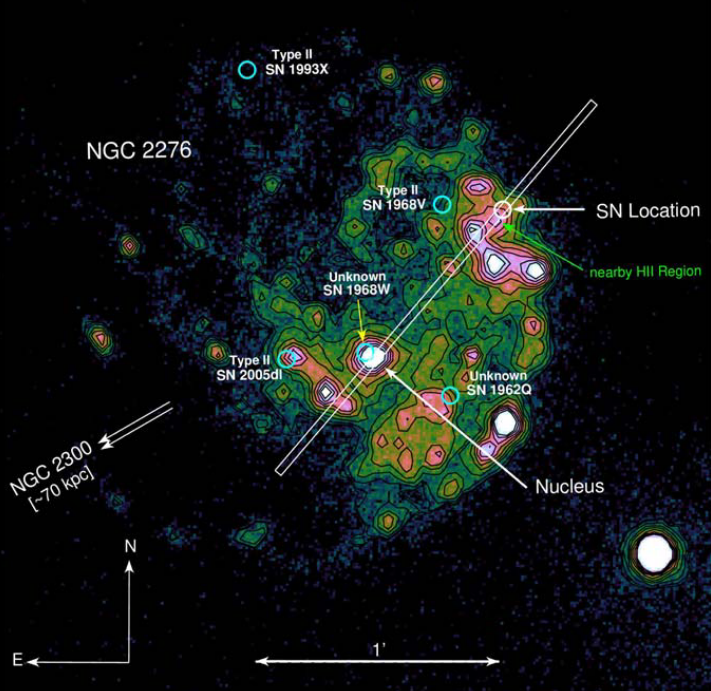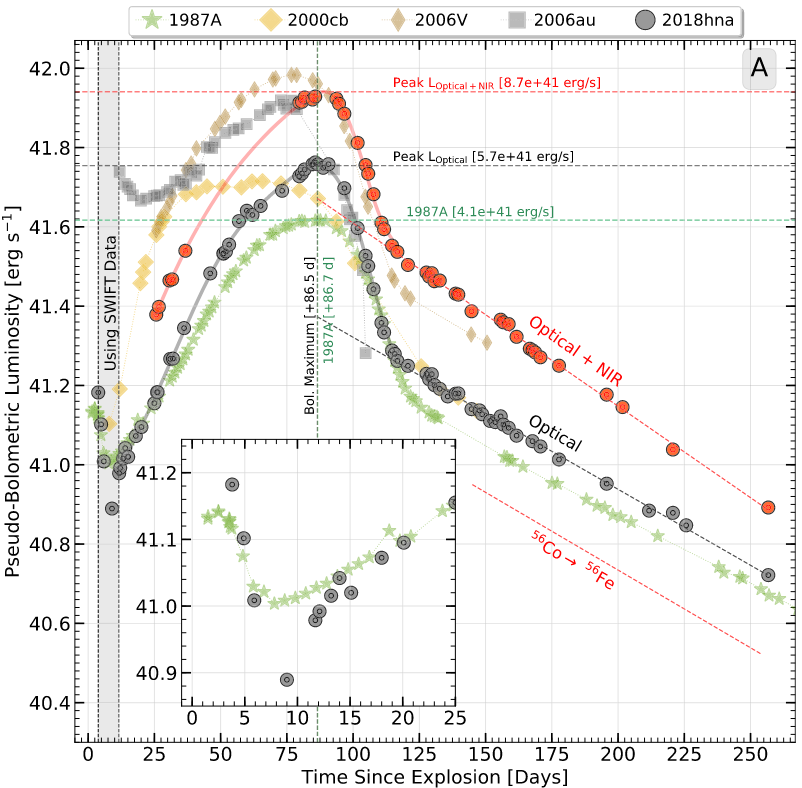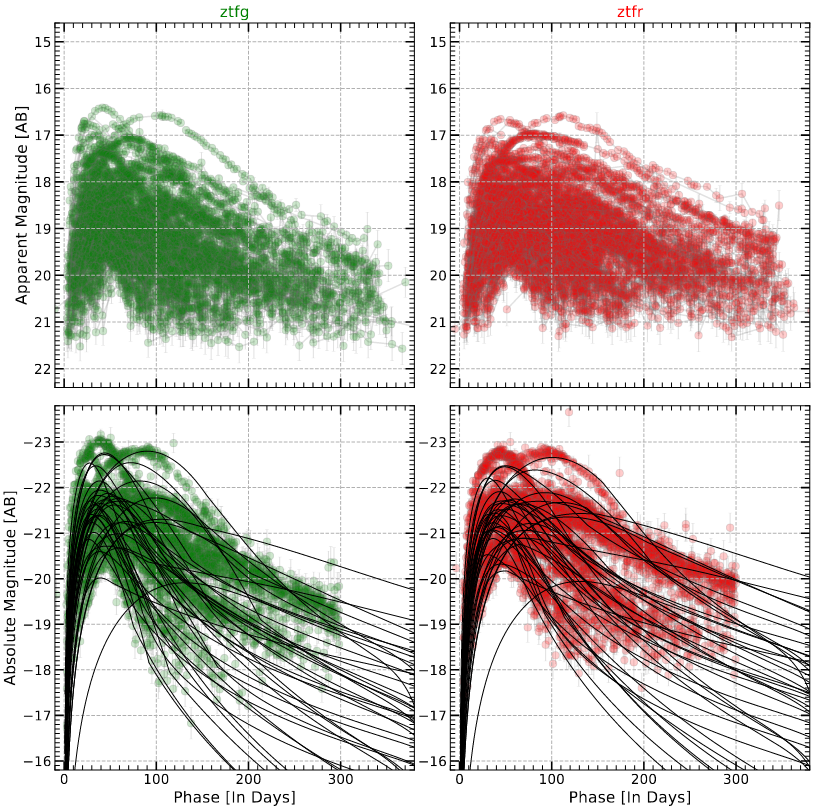I primarily work on investigating the death of massive stars, how they lose mass and die as a core-collapse supernovae. I'm also interested in investigating how the environments of these supernovae eventually affects the progenitor stars. I graduated from Indian Institute of Astrophysics, Bengaluru (in association with Indian Institute of Science, Bengaluru) and studied supernovae through ultra-violet, optical and near-infrared observational data with Prof. GC Anupama. I help built various reduction and analysis scripts such as RedPipe and NightSkyPlan. I'm also interested in investigating volumetric rates of transiens and explain their dust budget and nucleosynthesis yield seen in the present universe. See my research summary and list of publications on NASA ADS and ORCID. You can find a copy of my CV here .

Circumstellar Interaction and 56Ni-mixing in Type II SN 2016gfy

1987A-like SN 2018hna

Volumetric Rates of Transients
More will be updated soon ...